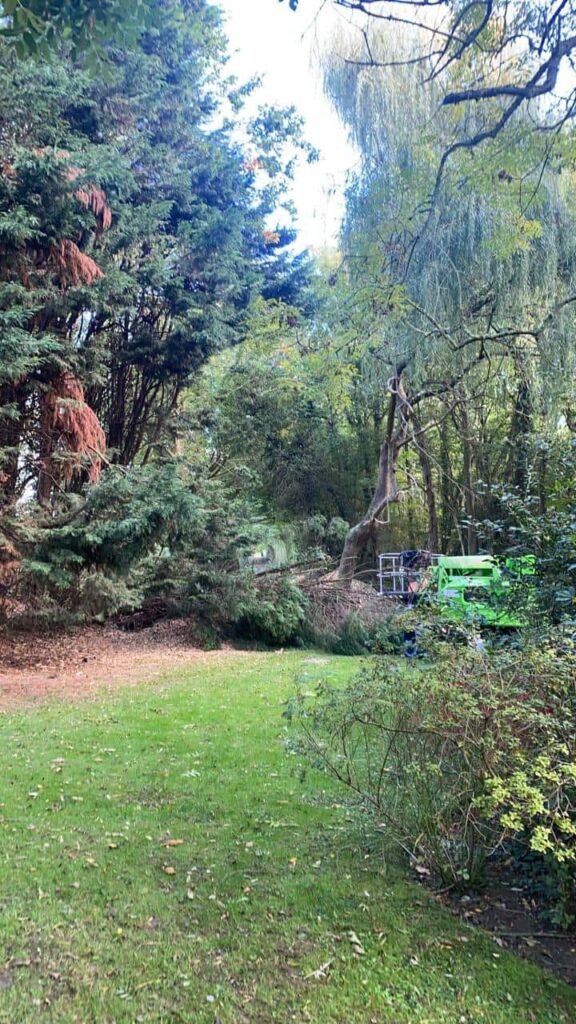Pruning is one of the most essential aspects of tree care — it promotes healthy growth, maintains safety, and enhances the overall appearance of your garden. However, there’s a fine line between effective pruning and harmful cutting. At Eye Tree Surgeons, we often encounter trees that have suffered due to either over-pruning or neglect, and both can have long-term consequences for tree health. Understanding how much to prune and when is crucial to ensuring your trees thrive.
Why Pruning Matters
Tree pruning isn’t just about shaping. It’s about balance. Proper pruning:
- Encourages stronger, healthier growth
- Removes diseased or dying branches
- Improves air circulation and sunlight penetration
- Reduces the risk of storm damage
- Keeps the tree’s size appropriate for its surroundings
When done correctly, pruning helps a tree direct energy to where it’s most needed — but getting the balance wrong can lead to serious problems.
Signs You Might Be Over-Pruning
Over-pruning is a common mistake made by those attempting DIY tree care. Removing too much foliage or cutting back large sections of the canopy can shock a tree and weaken its structure. Some of the most noticeable signs include:
- Sparse leaf growth – If your tree looks bare or thin after pruning, too much has likely been removed.
- Sunscald – Exposing previously shaded areas of bark to direct sunlight can cause damage and cracking.
- Excessive sprouting – When a tree produces an abundance of small shoots (known as epicormic growth), it’s a sign it’s trying to recover from stress.
- Stunted growth or dieback – A tree that struggles to grow new leaves or develops dying branches may be suffering from over-pruning.
At Eye Tree Surgeons, we often advise pruning no more than 25% of a tree’s canopy in a single session, as this allows it to recover naturally while maintaining its structure and vitality.
Signs You’re Not Pruning Enough
While over-pruning can be harmful, under-pruning is equally problematic. Trees that aren’t pruned regularly can become overgrown, unbalanced, and potentially hazardous. Here are some indicators your trees might need more attention:
- Crossing or rubbing branches – These can wound each other and create entry points for disease.
- Dense canopies – A thick, tangled canopy prevents airflow and sunlight from reaching lower branches, increasing the risk of fungal growth.
- Low-hanging limbs – Branches extending too low can pose risks to pedestrians, vehicles, or property.
- Uneven weight distribution – Trees growing heavily to one side may become structurally unstable, especially during strong winds.
Professional pruning from Eye Tree Surgeons helps correct these issues safely and effectively, ensuring the tree remains balanced and healthy.
Finding the Right Balance
The ideal amount of pruning depends on the species, age, and health of the tree. Younger trees benefit from more frequent shaping to encourage proper form, while mature trees need selective pruning to maintain stability and remove hazardous branches. Seasonal timing is also important — pruning at the wrong time of year can stress a tree or slow its recovery.
A few general tips include:
- Winter pruning – Encourages spring growth and reveals the tree’s structure clearly.
- Summer pruning – Helps control shape and remove unwanted growth.
- Avoid pruning during extreme weather – Cold snaps and heatwaves can slow healing and increase vulnerability.
Eye Tree Surgeons can assess your specific trees and determine the best pruning approach based on their species and condition.
The Value of Professional Pruning
Professional tree surgeons understand how to achieve the perfect balance between safety, health, and aesthetics. With precise cuts and the right timing, they ensure each pruning session strengthens the tree rather than weakens it. Regular maintenance by experts not only improves a tree’s lifespan but also enhances the beauty of your outdoor space.
Conclusion
Pruning is both an art and a science. Too much, and your tree may struggle to recover. Too little, and it could become overgrown and unsafe. The key lies in knowing what your tree needs — and that’s where professional expertise makes all the difference. At Eye Tree Surgeons, we help homeowners across Eye, Suffolk maintain strong, healthy, and attractive trees through precise and responsible pruning practices.
If your trees are showing signs of stress, imbalance, or overgrowth, now is the perfect time to have them assessed and professionally cared for by Eye Tree Surgeons.
Call us on: 01379 773 584
Click here to find out more about Eye Tree Surgeons
Click here to complete our contact form and see how we can help with your tree needs.

